Published July 29, 2022
Exploring the Contemporary Art World: Getting Started
As with any journey, the decision to learn about contemporary art can often seem intimidating, but we strongly believe the pursuit is worthwhile and fulfilling. The name “contemporary art” itself is somewhat of a misnomer - most people use the term to refer to art made after 1950. With over 70 years of art history, there’s so much to explore, so many different artists, mediums (it’s not just painting!), and stories to uncover. One thing we love most about contemporary art is that the story is currently being written. There’s always new art and artists to discover.
From art museums, art fairs, galleries, biennials, books, publications, and more, we'll walk you through 7 ways to elevate your own art experience and understanding. A common misconception about contemporary art is that you need to be rich to fully participate, but that couldn't be further from the truth. Most of the suggestions we'll cover are quite affordable, and some are actually free! By no means should this be treated as a step-by-step guide, and there is no wrong way to start. The journey will be well worth the effort.
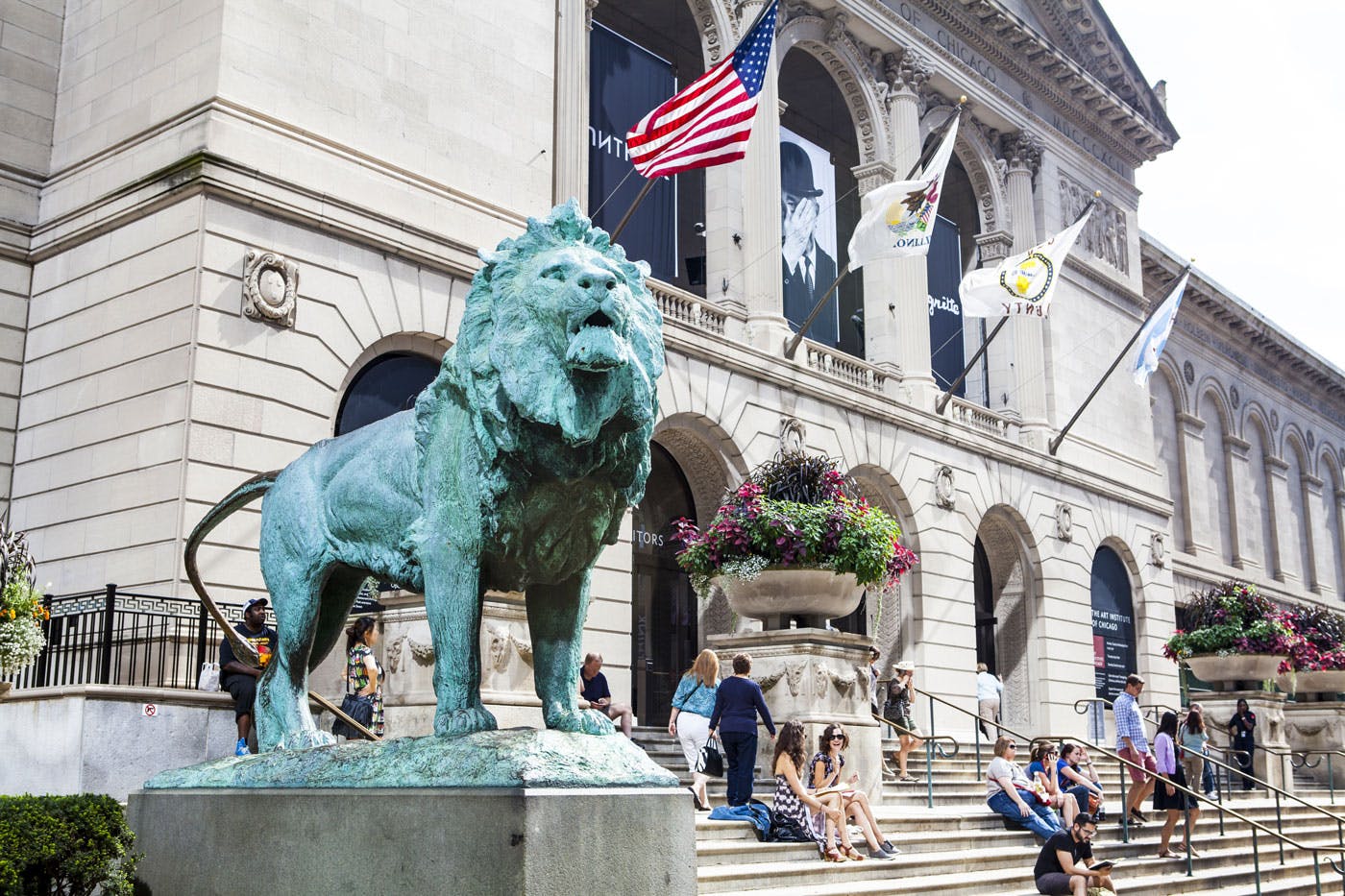
Experiences
Art Museums
Most metropolitan areas will have an expansive art museum, and these large institutions are great places to start. Visit any of these spaces and you will likely see works by the biggest names in art history - Vincent Van Gogh, Pablo Picasso, Georgia O’Keefe, Andy Warhol, and so many more. In one day, visitors can brush up on art history, surveying artwork from all eras of human history and every corner of the globe. Major museums feature a mix of showcasing their permanent collections, artwork they own, and special exhibitions featuring works on loan to them.
Museum curators work hard to provide ample context to educate and form connections between the work and visitors. Because these museums have so much to see, everything from ancient statues and works by Renaissance masters, visitors can often find relative quiet within the galleries for contemporary art. However, these featured contemporary artworks often represent works by the most acclaimed artists of the last 70 years.
Top recommendations around the US:
Chicago: The Art Institute of Chicago
Los Angeles: The Getty Center, LA County Museum of Art
New York: The Metropolitan Museum of Art, Museum of Modern Art
Contemporary Art Museums
In many cities, especially in the US, the contemporary art museums will be smaller in size than the more general art museums noted above, but what they lack in size they make up for in dynamism. While these institutions may have permanent collections, the curators often elect to focus their resources on more temporary exhibitions of works on loan, which leads to frequent turnover in work on display. The artwork on view directly responds to current events and challenges the visitor’s perceptions of the world.
The curators working at contemporary art museums are conducting studio visits and attending recent shows at commercial galleries, so they have the pulse on important trends and movements. They also have the opportunity to showcase artists from around the world, exposing visitors to artists who may not be featured in local galleries. The unfortunate reality for contemporary art is that most work acquired from commercial galleries ends up in storage. Leading contemporary art museums offer increased access to a small selection of the most exciting work today.
Top recommendations around the US:
Chicago: Museum of Contemporary Art (MCA)
Los Angeles: The Museum of Contemporary Art (MOCA)
Miami: Institute of Contemporary Art (ICA)
New York: The New Museum, The Whitney
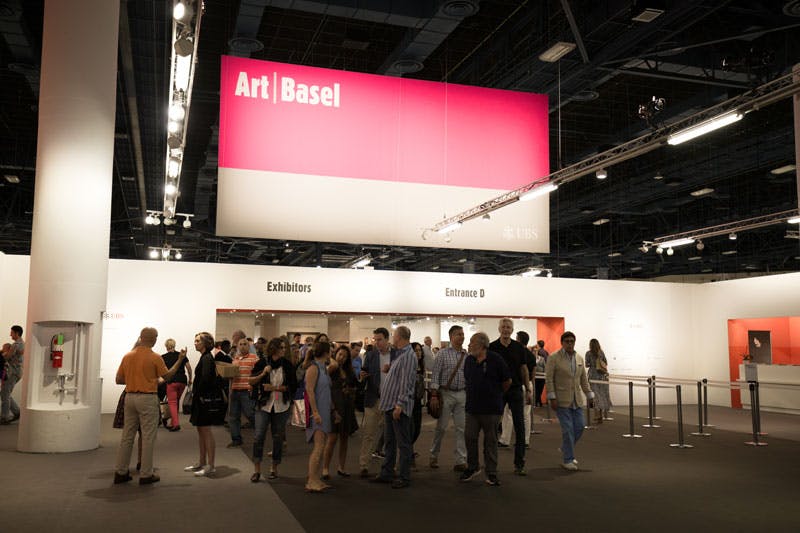
Art Fairs
Over the past 20 years, art fairs have grown increasingly important to the contemporary art ecosystem as an engine for driving sales. Art fairs happen globally in major metropolitan areas with some of the largest fairs happening annually in Miami, Basel, Seoul, and New York. Galleries often use art fairs to showcase their roster of artists and engage with new collectors in a concentrated span of time. Despite the perception of being exclusively for serious collectors, almost all fairs are open to the public to purchase tickets to attend. Attending art fairs creates an opportunity to see a high concentration of work in a short amount of time. These events are a great way to discover new galleries and artists to follow in one day or one weekend.
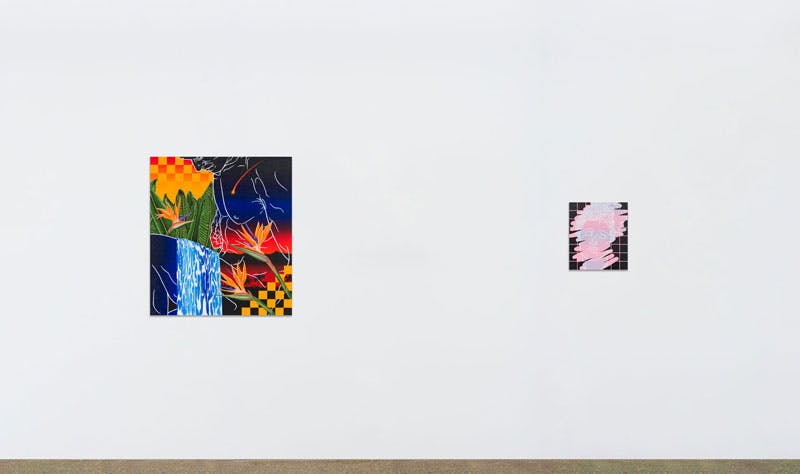
Galleries
Art galleries play a vital role in the contemporary art world. They are responsible for not only exhibiting work but also shepherding the careers of the artists they represent. For those on a budget, visiting an art gallery is a great way to engage in a city's cultural activities for free. Art galleries come in a variety of sizes and represent artists at varying career stages. Some institutions like Gagosian and Zwirner have locations across the world, while smaller galleries may represent only a handful of artists at the earliest stages of their career. Most cities have guides to local galleries available online. Larger cities, like New York, have SeeSaw, which is an app that allows users to track shows and create custom maps.
Not all galleries have physical exhibition spaces. The past ten years have seen many online-only galleries thrive, including Testudo. We partner with our artists to showcase their work and discuss their practice on our site. Whether online or in person, gallerists work hard to establish programming as they explore particular types of work or themes. While the white walls of galleries may seem intimidating, galleries encourage visitors and celebrate the opportunity to showcase the work of their artists.
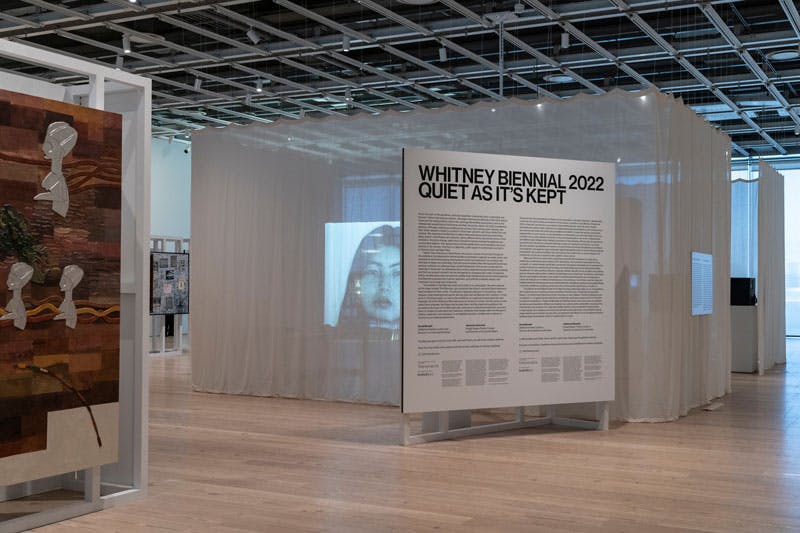
Biennials
Meaning “every other year” and made famous by the Venice Biennale, the word biennial is shorthand in the art world for an exhibition that features a survey of important contemporary art. Attending a biennial is one of the absolute best ways to understand the curatorial perspective of an institution and gain insight into which artists these institutions tapped as ones to watch. Organizations that hold biennials devote significant resources to show the best emerging artists making groundbreaking work. Having work included in a biennial is usually a huge milestone for artists given the increased visibility and association with an important institution. Biennials are held around the world with the most notable in Venice, Kassel, Gwangju, and New York. Shows usually run for several months, allowing a longer period for visitors to see them.
Top recommendations around the US:
Pittsburgh: The Carnegie International
New Orleans: Prospect New Orleans Triennial
New York: The New Museum Triennial
New York: The Whitney Biennial
Resources
Books
Books are a limitless resource for learning about contemporary art. For beginners, Talk Art offers an accessible entry point and can quickly get readers up to speed on the kinds of work being created today. Again, contemporary art is composed of so much more than just figurative painting. The authors provide an excellent explanation of different mediums and movements from the past 50 years.
PRIME is a recent release filled with profiles of 107 artists. A visual feast, the book is a great way to discover talented artists making work today. One of the most exciting elements of PRIME is that the featured artists were nominated by an international roster of curators and art professionals, which ensures that the book offers a necessary global perspective.
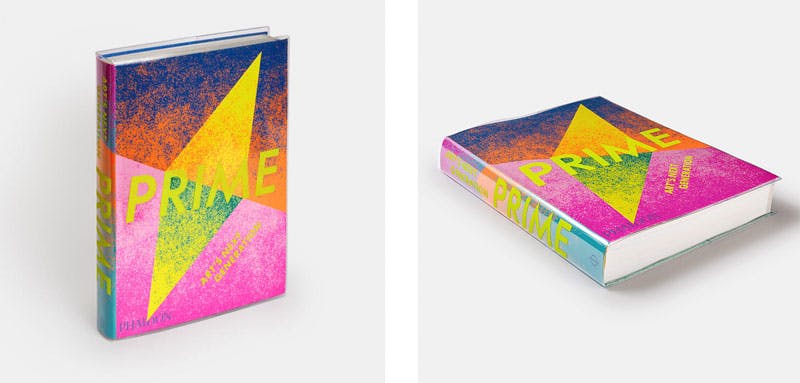
Publications
The greatest joy of contemporary art is that the story is currently being written. Art-focused publications offer the best way to stay up-to-date on major news and developments. For robust reporting on all aspects of the art market, a preferred resource is ArtNet News. For more opinion and criticism, we appreciate the perspective of ArtReview. Their pieces expose readers to new ways of thinking and seeing, which is a crucial part of fostering an interest in art. Both publications offer great content without a paywall. However, ArtNet News has premium content that requires an annual subscription.
Other publications we love:
Hyperallergic
Brooklyn Rail
Art Agenda
ArtNews
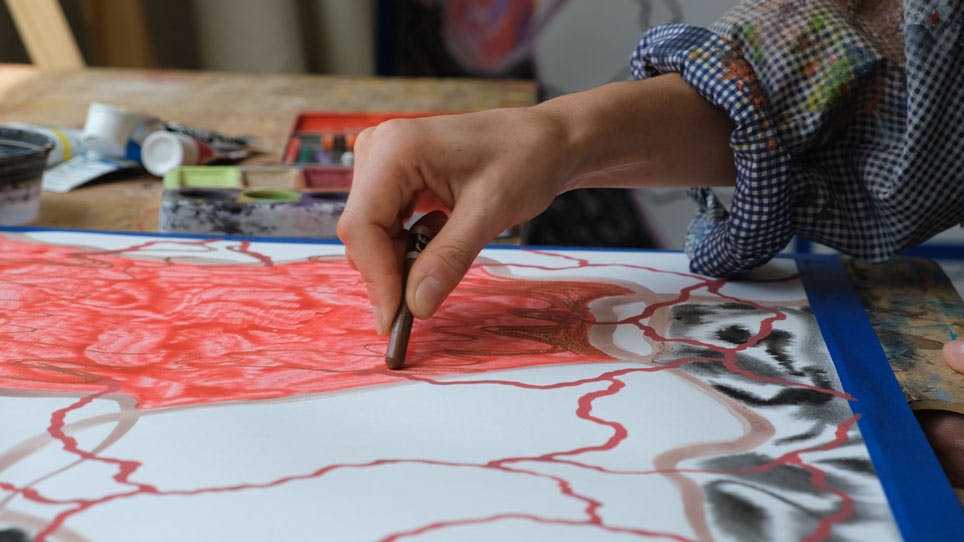
Multimedia
Aside from the written word, videos and podcasts are gaining traction as ways to learn more about contemporary art. The authors of Talk Art also host an artist interview podcast of the same name. The podcast is fantastic for finding a deeper understanding of the careers of the artists in their own words, and the hosts always ask thoughtful, considered questions. The archive of Art21, an organization famous for creating high-quality videos about artists making work today, does a spectacular job of featuring artists across many disciplines. The short digestible videos are a great way to discover new artists.
At Testudo, we also pride ourselves on the original video content we create. When we partner with artists, we usually create a short, 5-10 minute film showing them in their studio talking about the works they create. We hope these videos will give a deeper understanding of the art we feature on Testudo and why we’ve selected these artists as our partners. For both Testudo and Art21, subscribing to the YouTube channels is a great way to see new videos as soon as they’re released.
Other podcasts and channels we love:
The Art Assignment YouTube
ArtDrunk YouTube
ArtTactic Podcast
Sound and Vision Podcast